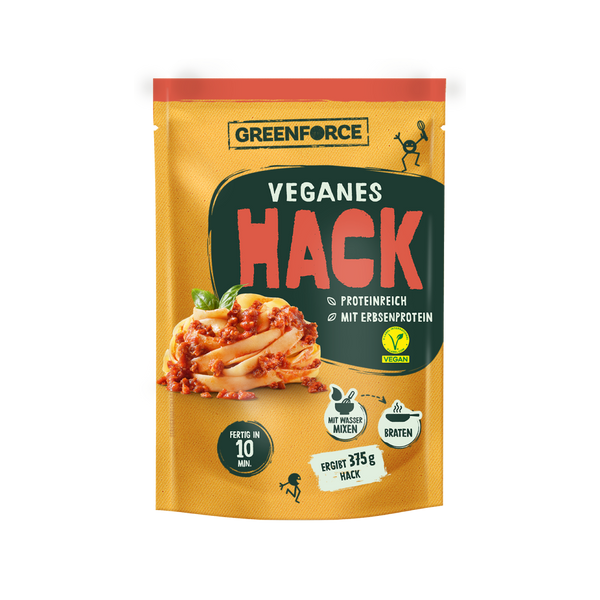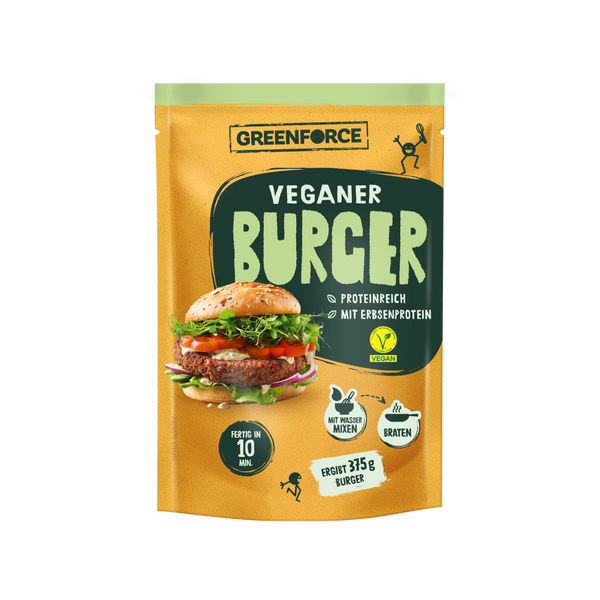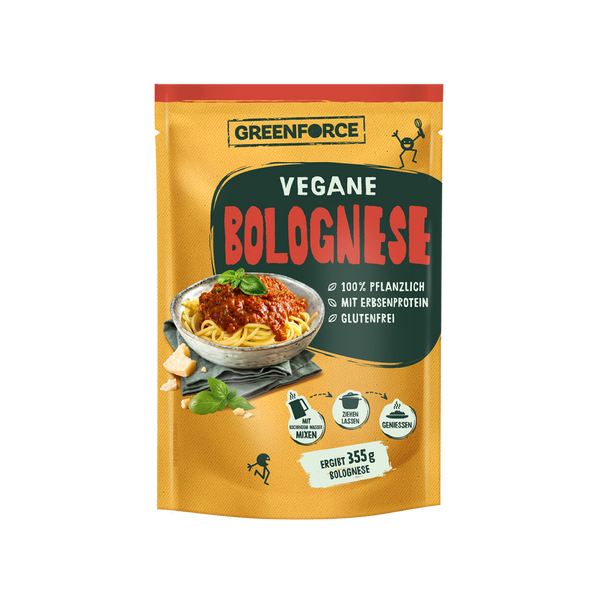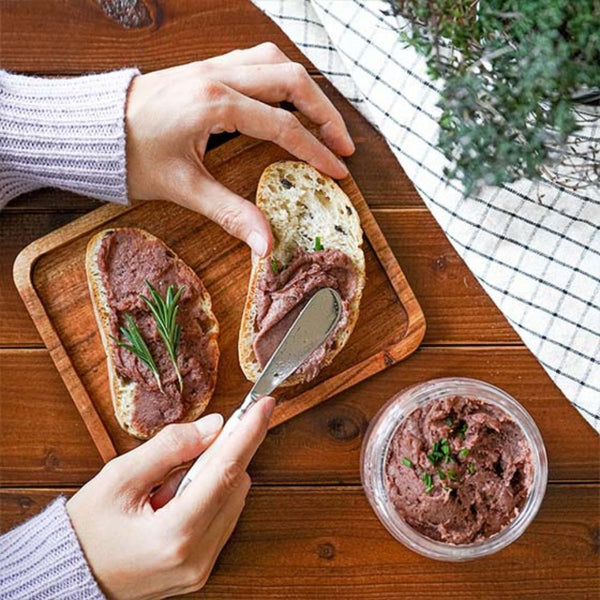Can histaminosis be cured?
With the following measures you can achieve significant relief of symptoms or even complete freedom from symptoms.
Diet change
The most important component of treatment is to avoid the triggering factors. The best way to do this is to change your eating habits. You should first have an allergist clarify whether there are any other intolerances, allergies or other illnesses. For example, if a fruit allergy or gluten intolerance remains undetected, this can have a negative impact on the success of the treatment.
How does the change in diet work?
When adjusting your diet, your own tolerance level plays an important role. Doctors recommend a three-stage diet change that serves both to identify the causes and to treat them.
In this ten to 14-day phase, you eat a low-histamine, vegetable-based mixed diet with a minimal number of foods. Changing the composition of the meal in conjunction with an improved supply of nutrients is intended to support digestion. The goal is to reduce the symptoms as best as possible.
During this phase, you specifically reintroduce suspicious foods and observe what level of histamine your individual tolerance threshold is. It is also important to take personal factors such as stress, medication and menstruation into account. The test phase is intended to help expand the choice of food. The duration is up to six weeks.
- 3. Nutrition in everyday life
You gradually incorporate thelow-histamine diet into your everyday life. You can eat anything that you tolerate well and that is good for you. Even small sins are allowed if you have your histamine levels under control. If symptoms increase again, it can help to keep a food diary and go back to the test phase. The ultimate goal is to ensure a needs-based nutrient intake while maintaining a high quality of life.
Which foods are problematic if you have histamine intolerance?
In contrast to other intolerances, with histaminosis there is no sharp transition between tolerated and intolerable. In addition to the individual severity, the exact trigger, the amount consumed and, last but not least, the freshness of the food also play a role. It is therefore not possible to create a generally valid compatibility list. The following list can therefore only provide a rough guide.
Caution is advised with:
- longer-aged cheeses such as Camembert, Parmesan, Gouda, Cheddar and Emmental,
- smoked and pickled fish,
- smoked, cured and marinated meat,
- Raw sausage such as dried salami, Zervelat sausage or raw ham,
- Alcohol such as red and white wine, champagne or beer,
- Baked goods with additives, wheat germ, ready-made baking mixes,
- histamine-rich vegetables such as tomatoes, sauerkraut, spinach and canned vegetables,
- histamine-rich fruits such as pineapple, bananas, citrus fruits, strawberries and kiwi,
- Confectionery such as chocolate, peanut cream, marzipan or nougat,
- Nettle tea, black and green tea as well
- Vinegar, excluding apple cider vinegar.
When it comes to wine, you can now also use vegan alternatives .
Which foods are generally well tolerated?
Since fermentation and fermentation processes increase the histamine content of foods, you should generally make sure to eat the freshest, unprocessed products possible.
These foods are suitable for people with histaminosis:
- Short-ripened cheeses such as butter cheese, cottage cheese, cream cheese or mozzarella,
- freshly caught white fish or high-quality frozen food,
- cooked ham and sausage,
- Grains and grain-like products such as corn, rice, spelt, oats, millet, amaranth or quinoa,
- Pasta based on spelled, corn or rice, crispbread, yeast-free bread,
- Snacks such as candies, fruit gums, potato chips or pretzel sticks,
- plant-based milk products such as oats, almond or rice milk,
- milk, sour cream, cream,
- honey, maple syrup, agave or apple syrup,
- vegetable oils.
In the Greenforce range you will also find many products that are suitable for a healthy diet for histaminosis.
In addition, you can safely consume plant-based foods such as the following fruits and vegetables:
- Berries such as blueberries, currants, blueberries and cranberries,
- pome fruits such as apples and pears,
- Stone fruits such as cherries, apricots and mangoes,
- Melon,
- Potatoes,
- cabbage and salads,
- Paprika,
- Zucchini,
- Cucumber
- Carrot.
Micronutrients for histamine intolerance
Especially if you cannot tolerate certain foods or only tolerate them to a limited extent, you should keep an eye on your micronutrient supply. Overall, a low-histamine diet is very healthy because it includes more plant-based foods. Depending on the severity of your intolerance, it may be necessary to supplement with certain nutrients in order to avoid deficiencies.
You should pay particular attention to your supply of vitamin C, vitamin B6, copper and zinc. The two vitamins and copper are important for the breakdown of histamine. Copper is a direct component of the histamine antagonist diamine oxidase. Your body needs zinc to activate vitamin B6.
It's best to discuss with your doctor whether nutritional supplements are a useful addition in your case.
Many complaints of histamine intolerance are treated with antihistamines. Dietary supplements containing DAO are offered as a preventive measure. However, the effectiveness of these enzyme preparations is not certain.
Some medications can negatively affect the breakdown of histamine by the enzyme DAO. These include, for example, preparations with the active ingredients metamizole, acetylcysteine, metronidazole, verapamil and metoclopramide. If necessary, replacing it with other medicines can help cure histamine intolerance.
 Germany
Germany
 Austria
Austria
 Switzerland
Switzerland
 Netherlands
Netherlands
 Belgium
Belgium
 Luxemborg
Luxemborg


































